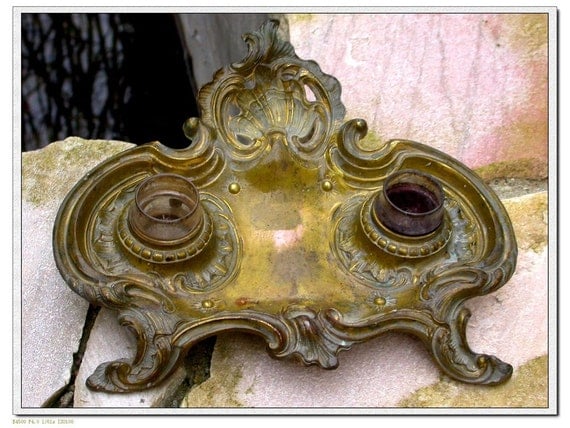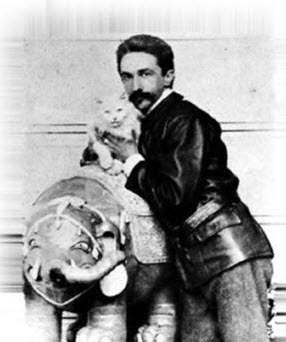Sodom and Gomorrah (The Cities of the Plain)
p 1 | "...rose-pink campanile..." (bell tower; this one is Giotto's in Florence); coach-house = carriage house; eyrie or aerie: large nest of a bird of prey, especially an eagle, typically built high in a tree or on a cliff.
p 2 | pollination
 |
| the chapel at Combray | | | | | |
p 2 | Excellent essay on Count Robert de Montesquiou (above), who was a partial model for the Baron de Charlus...
p 7 | "... Beethoven's questioning phrases..." In Hammerklavier’s Adagio Sostenuto or the Sixteenth Quartet?
p 10 | Boer War (Second)
p 12 | Fanlight = window transom
p 12 | pregnancy (of Nero) in the Golden Legend.
p 13 | Caliph of Baghdad dressed as a merchant
p 14 | Gare d'Orléans; Orléans is about 83 miles ssw of Paris.
p 15 | Cathedral of Orléans
 |
| real penholder |
 |
| stereoscope |
p 15 | optical penholder (stereoscope)
p 15 | ophthalmia = inflammation of the conjunctiva or the eyeball;
 |
| Centaur |
p 15 | Diane de Poitiers, mistress of King Henri II of France. Her Renaissance house in Orleans was destroyed in June 1940. {Sturrock, note 10}
p 16 | mantle in gules (heraldry); "I have three popes in my family": possibly an allusion to three Renaissance popes from the Medici family in Florence from whom Charlus is supposedly descended: Leo X, Clement VII, and Leo XI. {Sturrock, note 11}
p 18 | "... word dear to the ancient Greeks..."; Athena: the goddess who protects Ulysses in both the Iliad & the Odyssey. In Book XIII of the Odyssey, she finally reveals herself to him, having earlier appeared in the guise of an adolescent. {Sturrock, note 12}
 |
| nymph |
p 19 | Mene, Tekel, Upharsin (the writing on the wall); prophetic words written on the wall by the fingers of a man's hand during King Belshazzar's fatal feast in Babylon. They were interpreted by the prophet Daniel to mean that Belshazzar's reign, and indeed his life, were over (see Daniel 5). {Sturrock, note 13}
p 20 | A nymph in Greek & Latin mythology is a minor female nature deity usually associated with a specific location or landform. Not goddesses, nymphs are seen as divine spirits who animate nature, often shown as beautiful, young nubile maidens who dance and sing. Ephebes are young adolescent men of (military) training age.
p 20 | Original sin and racial predestination.
p 21 | ... honour precarious, liberty provisional, ... position unstable, ... the poet one day feted in every drawing room & applauded in every theatre in London, and the next driven from every lodging... (Oscar Wilde?, Wilde was convicted of gross indecency and sentenced to two years' hard labor, 1895-97.)
p 21 | turning the mill like Samson....
p 21 | "two sexes shall die... " Vigny poem, Proust's meaning, timing, connection to Baudelaire are all discussed beginning on page 18 of Proust's Lesbianism by Elisabeth Ladenson; a line from Alfred de Vigny's poem "La Colere de Samson", where Samson becomes disillusioned with women following his betrayal by Delilah. {Sturrock, note 14}





